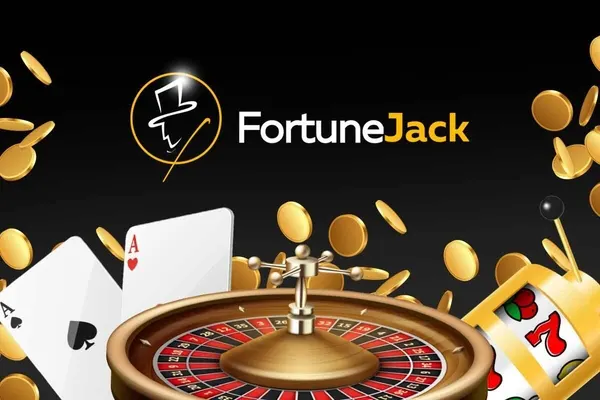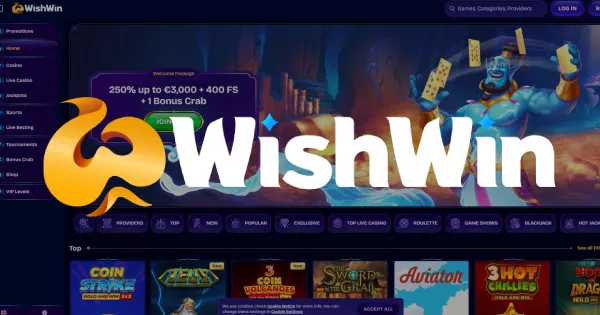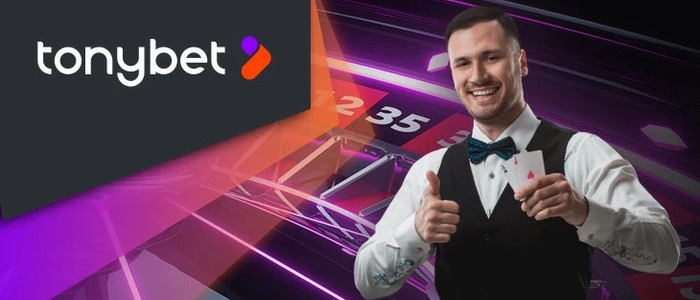
Metaverse at FortuneJack: Is a Classic Crypto Casino Ready for the Web3 Revolution?
Over a decade since its founding, FortuneJack has remained one of the key players among crypto-based online casinos. However, with the accelerating shift toward decentralised ecosystems and immersive technologies, the question arises: is FortuneJack truly prepared for the Web3 era? In this article, we explore how the casino positions itself within the evolving digital landscape and whether its current offerings align with metaverse expectations.
The Concept of Metaverse in iGaming
The term “metaverse” has evolved from a futuristic vision into a near-reality, especially in the world of decentralised applications and digital entertainment. In the iGaming sector, the metaverse implies not just a new aesthetic layer but a profound transformation in user interaction, digital asset ownership, and decentralised governance. Leading the Web3 wave means more than accepting cryptocurrency—it requires reshaping the entire user experience to match emerging standards.
Unlike traditional interfaces, a metaverse-based environment introduces immersive spaces, gamified economies, and unique avatars powered by NFTs. Players no longer interact via static menus—they explore 3D hubs, collect tokenised assets, and even participate in community-led decision-making processes. This transformation redefines loyalty, engagement, and fairness.
FortuneJack, known for embracing crypto early on, has an opportunity to extend this legacy by integrating metaverse principles. But are its innovations enough to call it a Web3-ready venue?
Assessing FortuneJack’s Current Position
FortuneJack supports multiple cryptocurrencies and has consistently introduced new game providers, ensuring a wide range of entertainment options. However, this alone doesn’t place it within the metaverse spectrum. There is currently no indication of immersive 3D environments, avatar-based gameplay, or NFT-driven player identities.
The platform continues to focus on classic features—bonuses, live dealers, and slots—which are effective but linear. This conventional structure may limit its appeal to Web3-native audiences looking for decentralised interaction, not just transactional gaming. The potential lies in extending existing blockchain integration into real-time, persistent digital worlds.
Until FortuneJack invests in metaverse-compatible technologies—such as cross-chain wallets, in-game economies, and decentralised governance—it remains a strong crypto casino, but not yet a Web3 pioneer.
What FortuneJack Would Need for Web3 Alignment
To transition toward Web3 readiness, FortuneJack must rethink its infrastructure. A foundational step involves enabling true asset ownership. By integrating blockchain-based tokens and smart contracts, users could trade, sell, or transfer their in-game items independently—empowering players and reducing central control.
Another pillar is identity. Using NFT avatars tied to blockchain wallets, FortuneJack could offer persistent player identities that travel across games and even external metaverse hubs. This adds a social and personal dimension currently missing in conventional gameplay interfaces.
Lastly, decentralised decision-making could redefine community involvement. Through DAO-like mechanisms, users could vote on feature updates, new game partnerships, or reward structures. This democratic approach increases trust and engagement, aligning perfectly with the Web3 ethos.
Technological and Strategic Challenges
Despite the potential, integrating metaverse capabilities isn’t without obstacles. FortuneJack must consider the scalability of blockchain systems, user onboarding complexity, and regulatory risks associated with asset tokenisation and decentralised governance. These aspects require long-term investment and an adaptive team.
Moreover, current user demographics still include players unfamiliar with Web3 mechanics. Balancing accessibility with innovation will be essential. The transition should avoid alienating existing users while slowly onboarding new ones through intuitive interfaces and guided education.
Strategically, FortuneJack needs partnerships with Web3-native developers and projects to accelerate the learning curve and avoid siloed development. Collaborating with NFT artists, blockchain protocols, and metaverse architects can bring expertise and authenticity to its roadmap.

Is the Metaverse a Strategic Necessity for FortuneJack?
In 2025, the metaverse is not a novelty—it is a competitive edge. FortuneJack’s early adoption of crypto gave it a foothold in a niche market, but the same market is evolving fast. Competitors are already experimenting with VR casinos, decentralised ecosystems, and social hubs powered by tokens and NFTs.
If FortuneJack aims to maintain relevance, embracing metaverse elements is no longer optional. Whether through partial integration—such as NFT avatars or decentralised rewards—or full immersion in a 3D world, aligning with Web3 expectations will attract a new generation of users while retaining existing ones.
The brand’s historical openness to innovation makes this transition plausible. However, it requires clarity of vision, investment in new technologies, and a willingness to collaborate beyond traditional partners. The roadmap must be both ambitious and grounded.
Conclusion: Potential Versus Preparedness
FortuneJack has the infrastructure, user base, and crypto reputation to step into the Web3 world. Yet, as of mid-2025, there are no substantial signs of full metaverse readiness. While the technical and strategic potential exists, execution remains to be seen.
The transition from a crypto-friendly casino to a Web3-integrated ecosystem involves more than just tech upgrades—it requires a cultural shift. From player autonomy to decentralised governance, the future calls for deeper, more interactive, and more user-driven experiences.
In summary, the metaverse presents a viable path forward for FortuneJack, but whether the brand will seize the opportunity or maintain its current course remains the central question for its evolution in the next phase of online gambling.






